

The M6 screw, identified by its 6mm diameter, is a common fastener used across numerous industries. Understanding its characteristics and applications is crucial for selecting the appropriate screw for your project. This guide delves into the specifics of M6 screws, providing insights to ensure you choose the right one for your needs. Whether you're a seasoned professional or a DIY enthusiast, this guide will help you navigate the world of M6 screws.
The 'M6' designation indicates a nominal diameter of 6 millimeters. The thread pitch, representing the distance between adjacent screw threads, varies depending on the screw type. Common thread pitches include 0.75mm and 1.0mm. Choosing the correct thread pitch is important for proper fit and strength. Incorrect pitch can lead to stripped threads or insufficient clamping force. Always refer to the manufacturer's specifications for the precise pitch of your chosen M6 screw.
M6 screws are available with various head types, each designed for specific applications and driving methods. Common head types include:
M6 screws are commonly manufactured from various materials, each offering different properties and suitability for specific environments. Common materials include:
Selecting the appropriate M6 screw depends on several factors:
M6 screws are widely used in various applications, including:
| Screw Type | Material | Head Type | Applications |
|---|---|---|---|
| Hex Head Bolt | Steel, Stainless Steel | Hex Head | Heavy-duty applications |
| Machine Screw | Steel, Brass, Stainless Steel | Pan Head, Flat Head, etc. | General purpose |
| Self-Tapping Screw | Steel, Stainless Steel | Various | Fast assembly, thin materials |
Remember to always consult the manufacturer's specifications and safety guidelines when working with M6 screws and other fasteners. Proper handling and installation are essential for ensuring the strength and durability of your project.

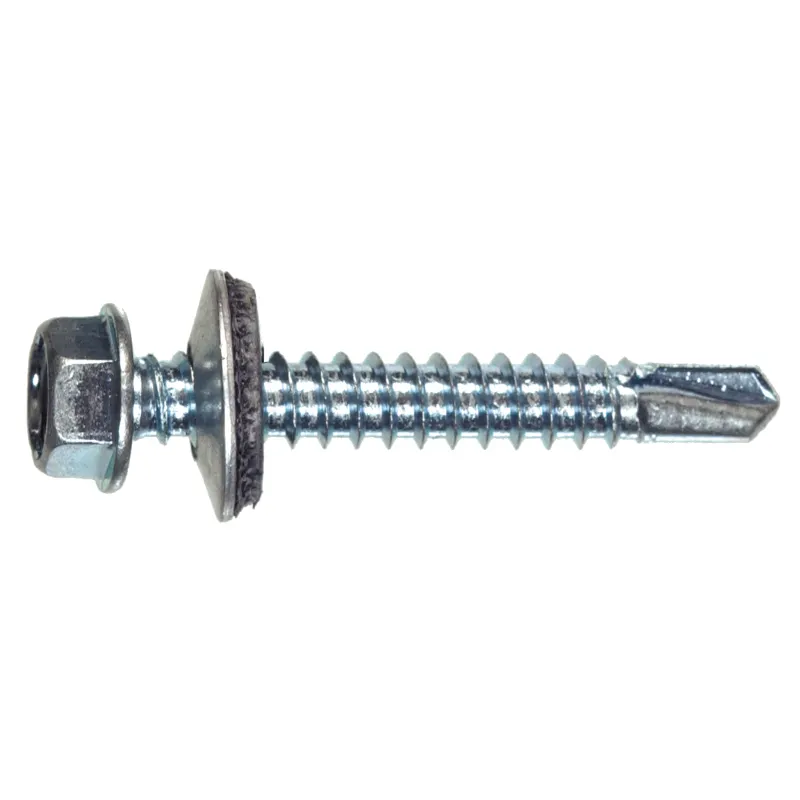
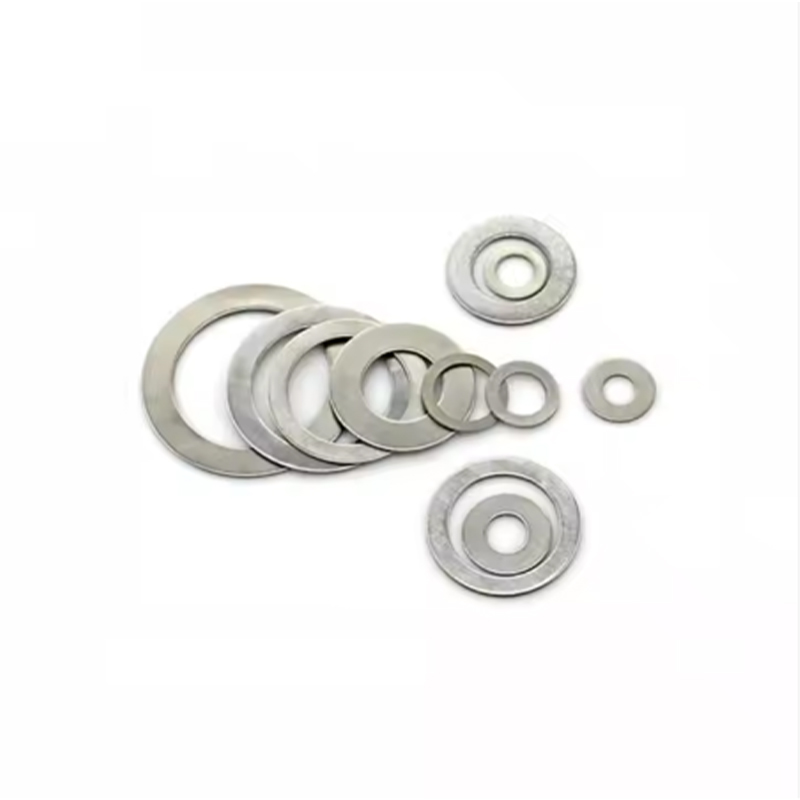

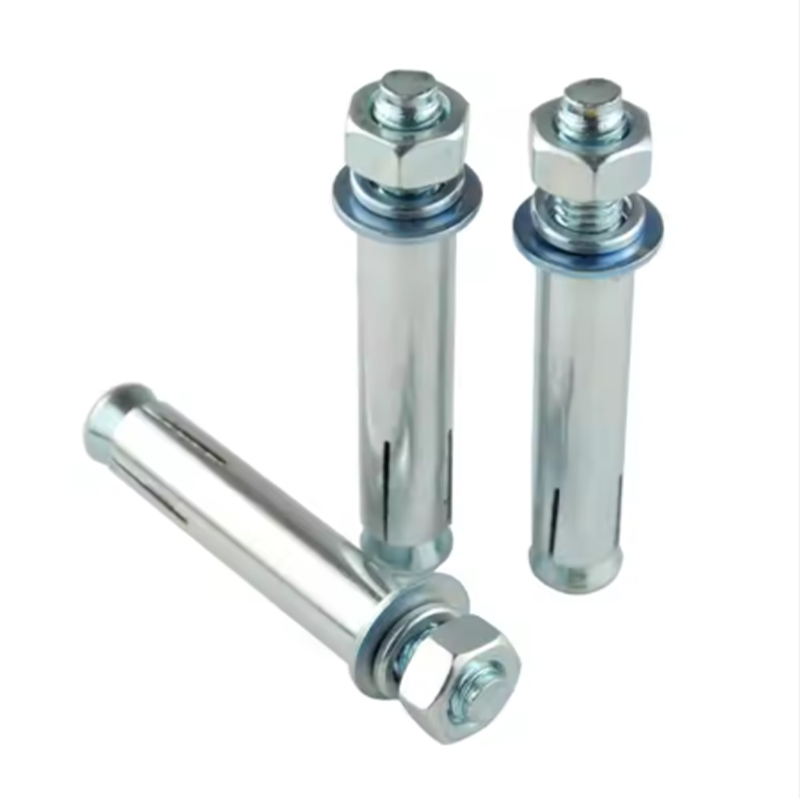
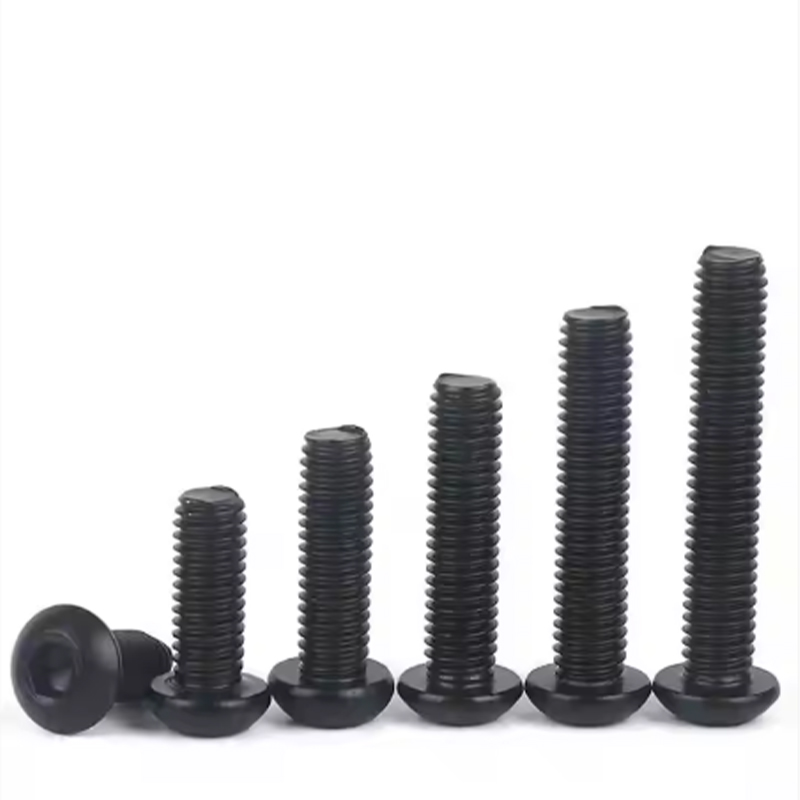
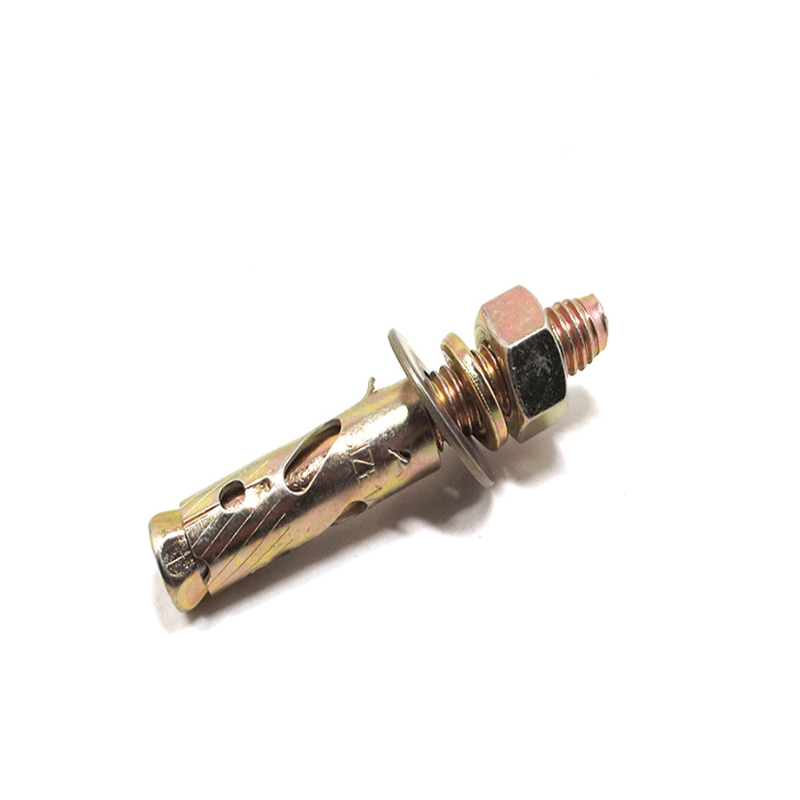
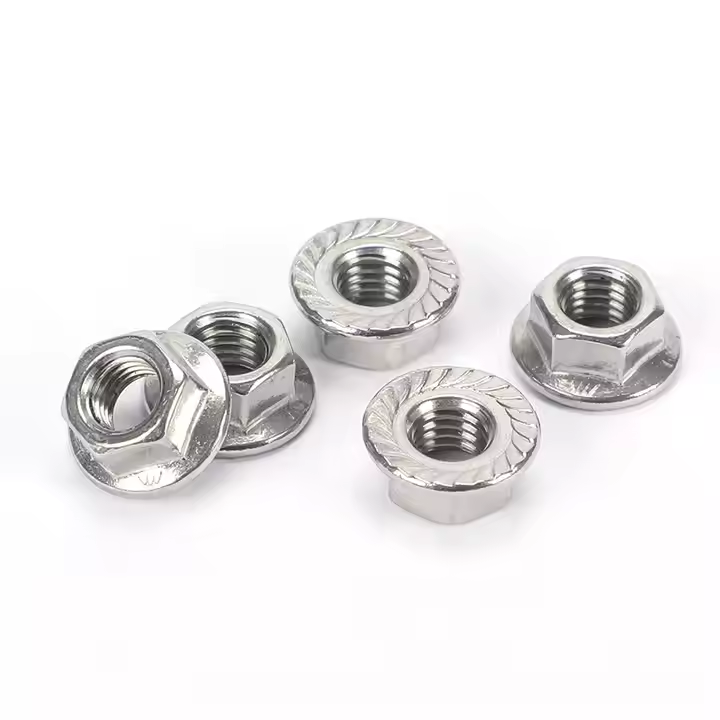


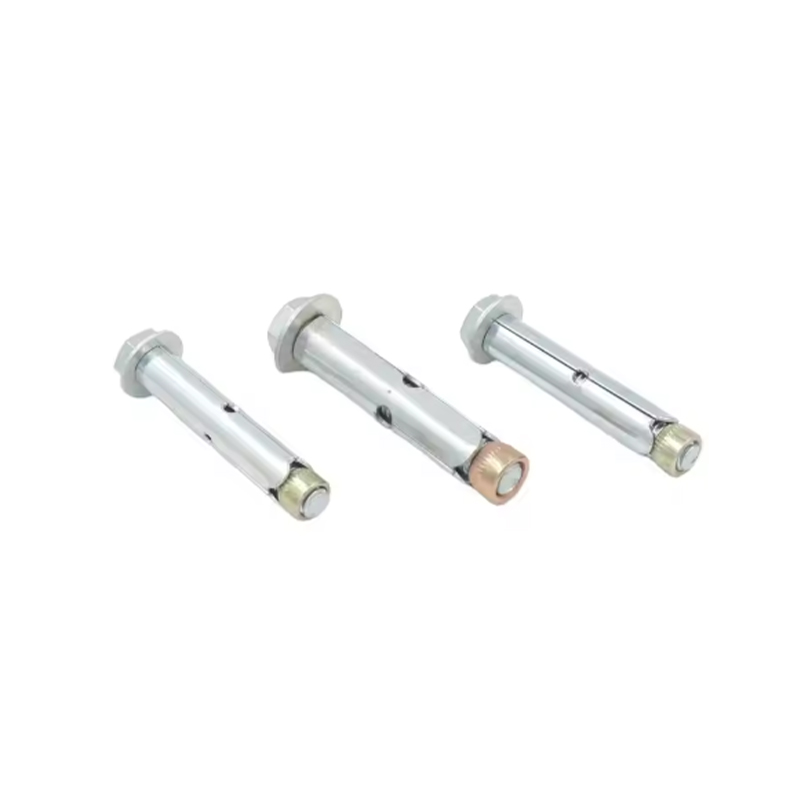
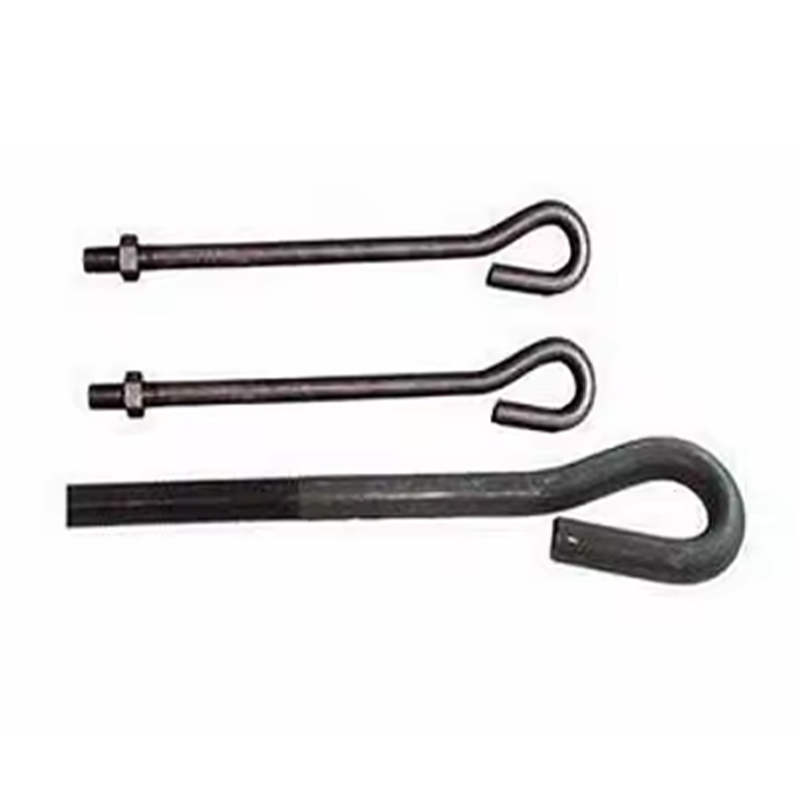

Please enter your email address and we will reply to your email.